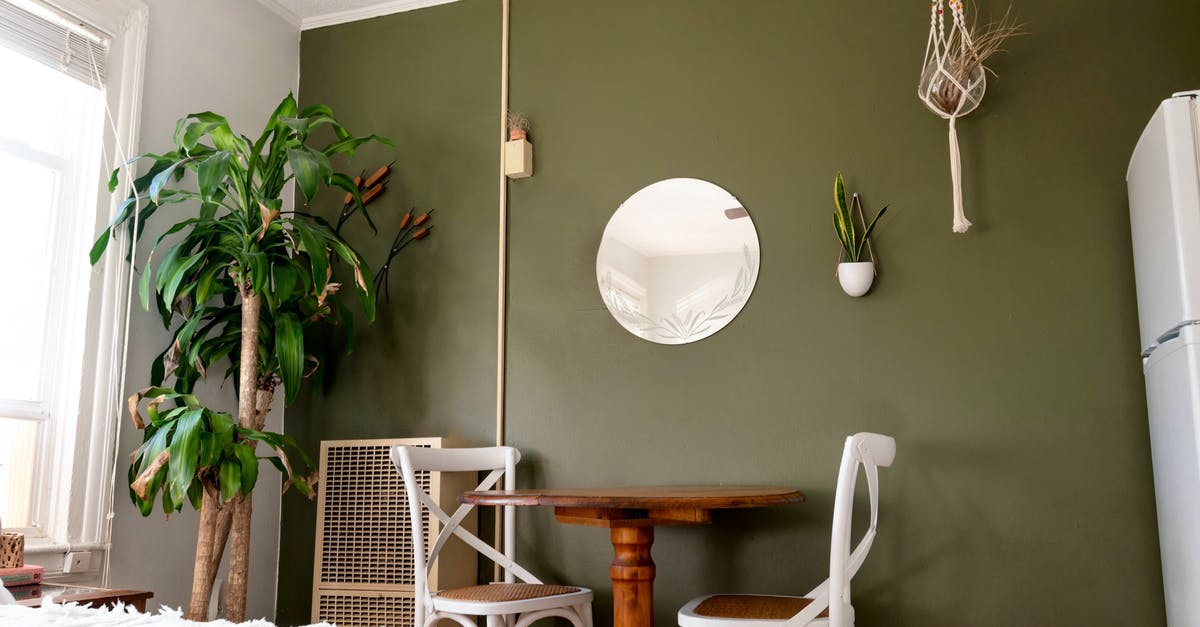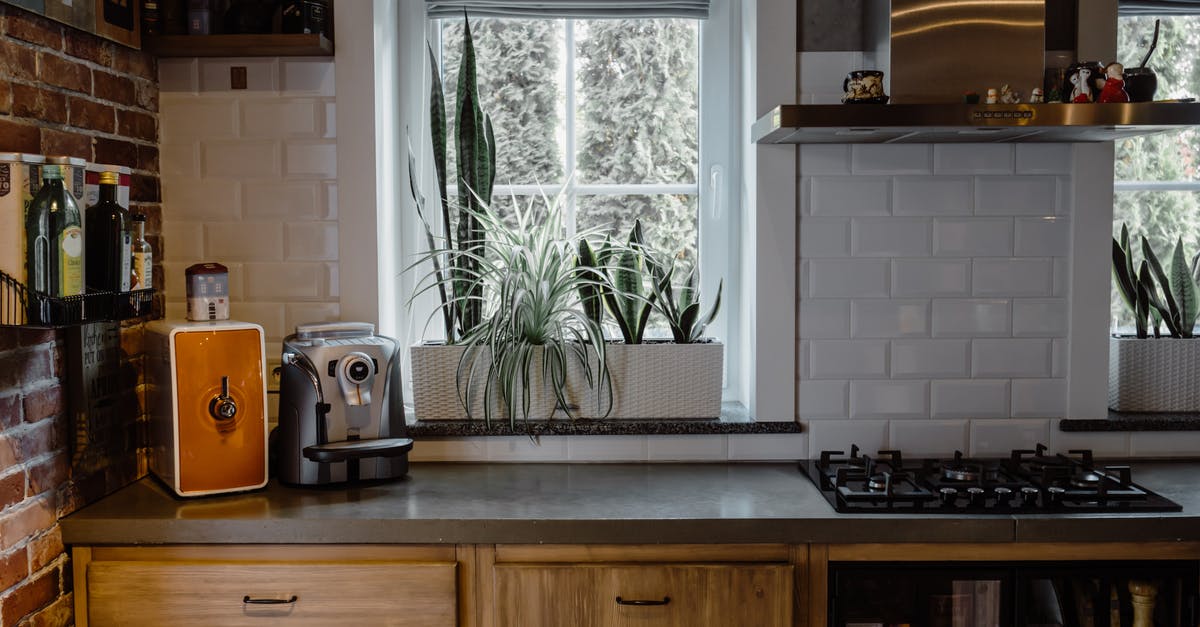Soda from fridge to room temperature

Does taking an unopened can of soda out of the refrigerator and leaving at room temperature compromise the taste, flavor, or carbonation of the unopened soda can?
Best Answer
In order to create sparkling beverages, a gas called carbon dioxide (CO2) is dissolved in them, a process that goes under the name of carbonation.
When dissolved in water, CO2 becomes carbonic acid (H2CO3), following the reaction:
CO2 (g) + H2O <-> H2CO3 (1)
The double arrow means that the reaction is reversible, that is, you can go from left to right as well as from right to left. So, essentially you have two reactions going on at the same time:
CO2 + H2O -> H2CO3 (2)
and
H2CO3 -> CO2 + H2O (3)
However (and here's the trick) the g next to CO2 means that it is a gas and, as such, is volatile and will leave the water when it is formed (that is why you see bubbles coming out of your soda).
There is a very important law of chemistry called Le Chatelier's principle which states that:
If a chemical system at equilibrium experiences a change in concentration, temperature, volume, or partial pressure, then the equilibrium shifts to counteract the imposed change and a new equilibrium is established.
If CO2 was not volatile, what would happen is that, at some point, you would reach a chemical equilibrium, that is, the amount of H2CO3 formed by CO2 dissolving in water would be exactly the same as that of H2CO3 decomposing into CO2. But, as we said, CO2 escapes the water in the form of gas... So what happens is that you are always removing CO2 from your reaction and, as Le Chatelier's principle tells us, the system will react to counteract this loss, by decomposing more carbonic acid to forming more CO2.
This is why, if you pour soda in a glass it will slowly become less and less sparkly, as CO2 will leave the water, be substituted by the decomposition of some more H2CO3 and so on, until no H2CO3 is left.
So, why does a closed bottle of soda stay sparkling until you open it? Simply because CO2 has only a small room to escape (the small empty space on top of the liquid). All I said before works also for a closed can/bottle of soda, but at some point the air on top of the liquid becomes saturated with CO2, that is, it cannot make room for any more CO2. This means that the CO2 will restart to go back into the water.
All of these reaction will be influenced by temperature. Carbonic acid decomposition is much faster at room temperature compared to 4°C, so what happens is that, at room temperature, reaction (3) will be more favoured compared to (2) and when the can will be opened more CO2 will exit the can, giving you a slightly less fizzy drink.
This effect is similar to that of shaking the bottle: in that case you are mechanically promoting the dissociation of carbonic acid and helping CO2 to escape from water.
Finally, carbonic acid is, as you may guess, an acid, albeit a very weak one!
It will therefore contribute to lower the pH of your drink in a more or less strong way, depending on the soda: the pH contribute of H2CO3 will be higher in sparkling water (bringing the pH down from 7 to between 3 and 4) than in Coca Cola, which already contains a strong acid (H3PO4, phosphoric acid) and has a low pH in any case.
Pictures about "Soda from fridge to room temperature"



Quick Answer about "Soda from fridge to room temperature"
You can chill and warm the can over and over and as long as it remains sealed it shouldn't have any noticeable effect on taste, flavor, or carbonation once you do finally open it. Now if you freeze it, it will likely explode.Can you take drinks out of the fridge and put it back?
It's totally fine to drink it, and as long as it wasn't kept warm for too long the flavor likely wasn't changed. If you'd like to learn more about beer, check out one of our brewery tours on your next visit to Asheville.How long can soda stay out of fridge?
That being said, we recommend consuming opened soda as soon as you can, preferably within four days. If you leave soda in the open and unrefrigerated even for a couple of hours, it is best to discard it for hygiene purposes.Can you drink room temperature soda?
Don't sip it at room temperature Coke simply isn't meant to be consumed at room temperature. If you were to drink it straight off of the shelf (an unrefrigerated shelf, that is), you'd lose some of the qualities, such as its crisp flavor and fizz, for which the soda is known.Does refrigerating soda make it go flat?
When the Soda become refrigerated some of its carbon dioxides escape and goes flat over time and hence becomes flat. This happens because there is less pressure between the liquid and air. It means the pressure inside the Can be lower, and flat soda happens.How to Cool a Drink in 2 Minutes
More answers regarding soda from fridge to room temperature
Answer 2
If the question is asking if this impacts the integrity of the can, in my experience, the answer is no. You can chill and warm the can over and over and as long as it remains sealed it shouldn't have any noticeable effect on taste, flavor, or carbonation once you do finally open it.
Now if you freeze it, it will likely explode.
As others have mentioned the taste and flavor can be affected by temperature but a cycle of temperature changes shouldn't alter the end result compared to a can that did not experience those same cycles.
Answer 3
The temperature of food or drink can have a dramatic effect on the flavor, as described. Though I can also offer a counter-example from experience. When I made the switch from sugared sodas to no-sugar sodas I found that the colder the drink the more sweet the taste.
Answer 4
I've once experienced freezing a soda, and yes it exploded. As for I am doing a science experiment on "what's the fastest way to cool a soda" and it's pretty simple really and basic. I- in my opinion think whether you freeze the soda, place in a refrigerator, or place in any position the soda will have the same taste to it as long as the soda has not been opened and has had anything accidentally go inside it.
Sources: Stack Exchange - This article follows the attribution requirements of Stack Exchange and is licensed under CC BY-SA 3.0.
Images: Andrea Davis, Mark McCammon, Max Vakhtbovych, Polina Kovaleva
